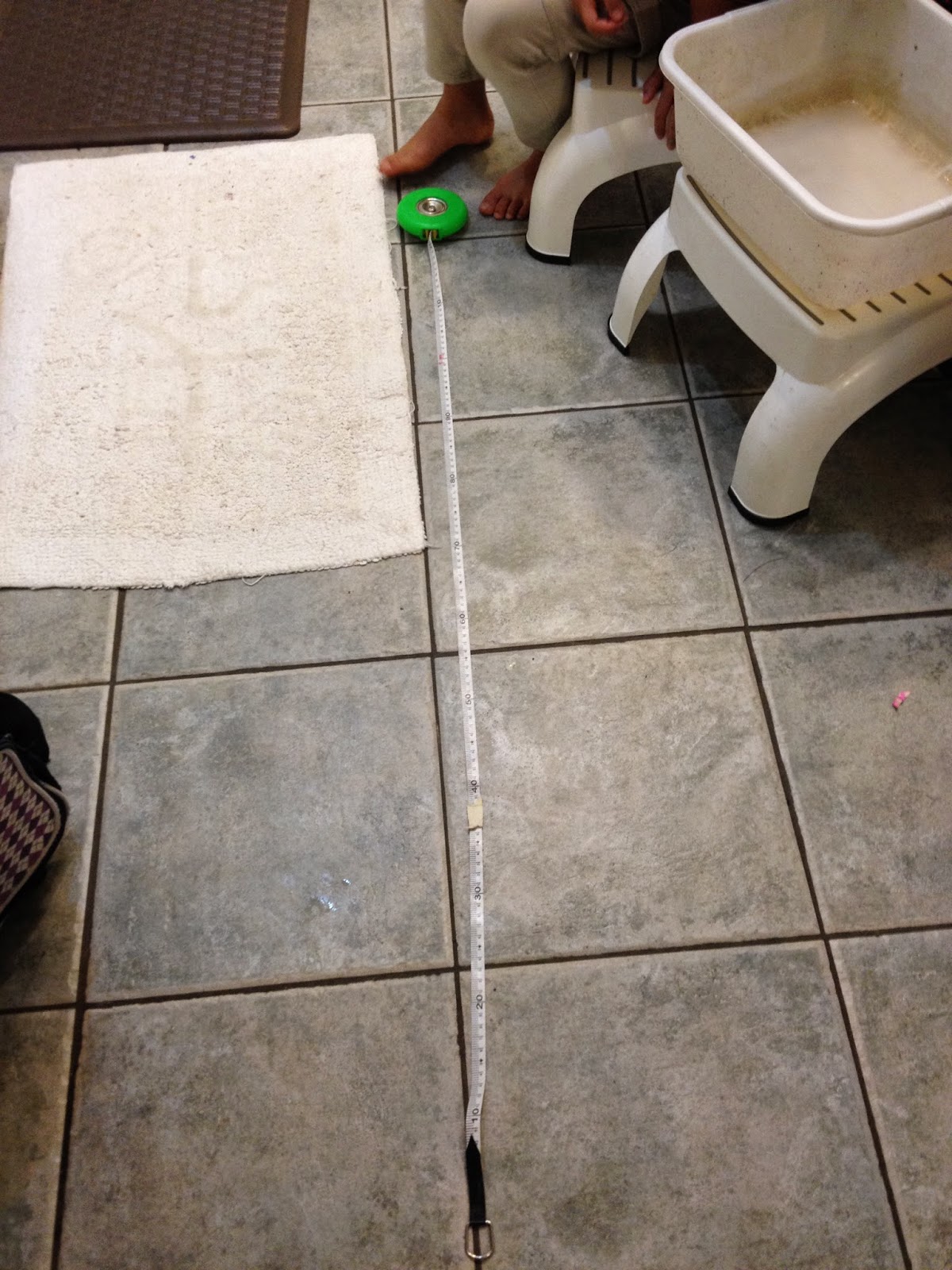"The Infinite Life of Pi" caught BatBoy's imagination.
He calls these his "infinite drawings." He made one that looked just like a visual representation of Fibonacci's sequence too. (It was a series of adjacent squares.) From there, we went on to explore ways infinity shows up. His drawings reminded me of fractals, so I found some videos to show him.
And of course, the Ted-Ed had a video on fractals too.
Finally, we looked at what happens when we allow long division to go into decimals instead writing a remainder or changing to a mixed fraction.
















